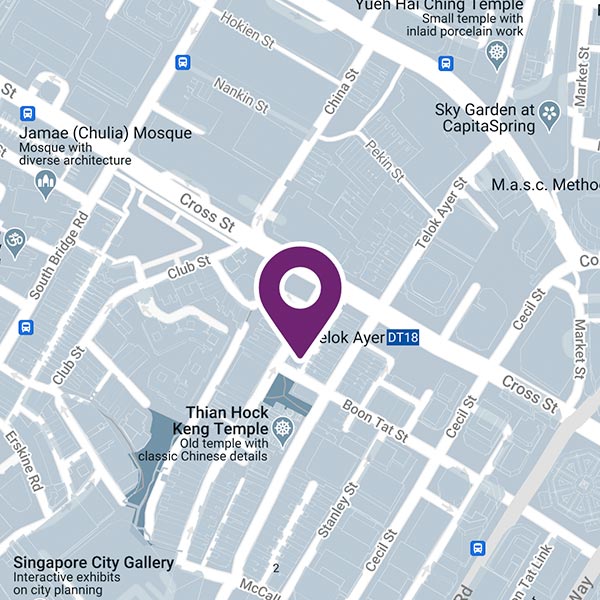Here are some of the common causes and practical solutions to underperformance in remote workers:
1. Poor communication
Many remote employees produce great work but fail to communicate and report their progress effectively. Within an office environment, progress is relatively visible, with spontaneous conversations and scheduled meetings appraising progress. However, a remote working environment often leaves many directors and managers struggling to understand what their remote directs are working on.
To combat this, it is important to implement set structures for communication, for example, daily 15-minute catch ups, weekly reports of completed tasks, highlights from each employee and tasks requiring priority the following week.
2. Lack of structure
Some remote employees may lack structure and boundaries when working from home. There are more distractions at home than in an office: the proximity of the television, sharing a workspace with children and partners, or perhaps just a lack of space. All of these can negatively impact focus.
To work around these issues, some businesses have adopted virtual working rooms, where employees can log on and work in the virtual presence of others. It is important to be patient with remote employees, self-management is a learning curve.
3. Lack of connection
The lack of human connection experienced when working remotely can have a detrimental impact on creativity, productivity and can even onset mental health issues. As well as this, meeting colleagues from other teams, or even just passing conversations in a hallway are all diminished when working in isolation.
To combat this and boost morale, it is recommended to implement a bi-weekly office hour, to discuss new ideas, solutions, and inspirations. You could also invite colleagues from other teams to share ideas and innovations, helping to bring teams across the business closer together.
4. Crisis Management
The Covid-19 pandemic has highlighted the importance of crisis management and having measures in place to help employees through personal crisis.
To compensate for the emotional burdens of crisis, some employers have designated an additional day off for their teams once a month, whilst also encouraging employees to utilise their vacation days. There is also the option of hosting bi-weekly agenda free sessions in small teams, opening an opportunity for greater insight into emotional wellbeing and support.
Conclusion
It is important to remain neutral when identifying the reasoning behind a lack of productivity from remote workers. Once managers have identified the cause of underperformance, they can then begin to articulate the appropriate solutions, given that the problem stems from the remote environment rather than a lack of effort. However, managers or employees can avoid underperformance at an earlier stage by opening up channels of communication and implementing solutions that best fit your employees’ needs.












